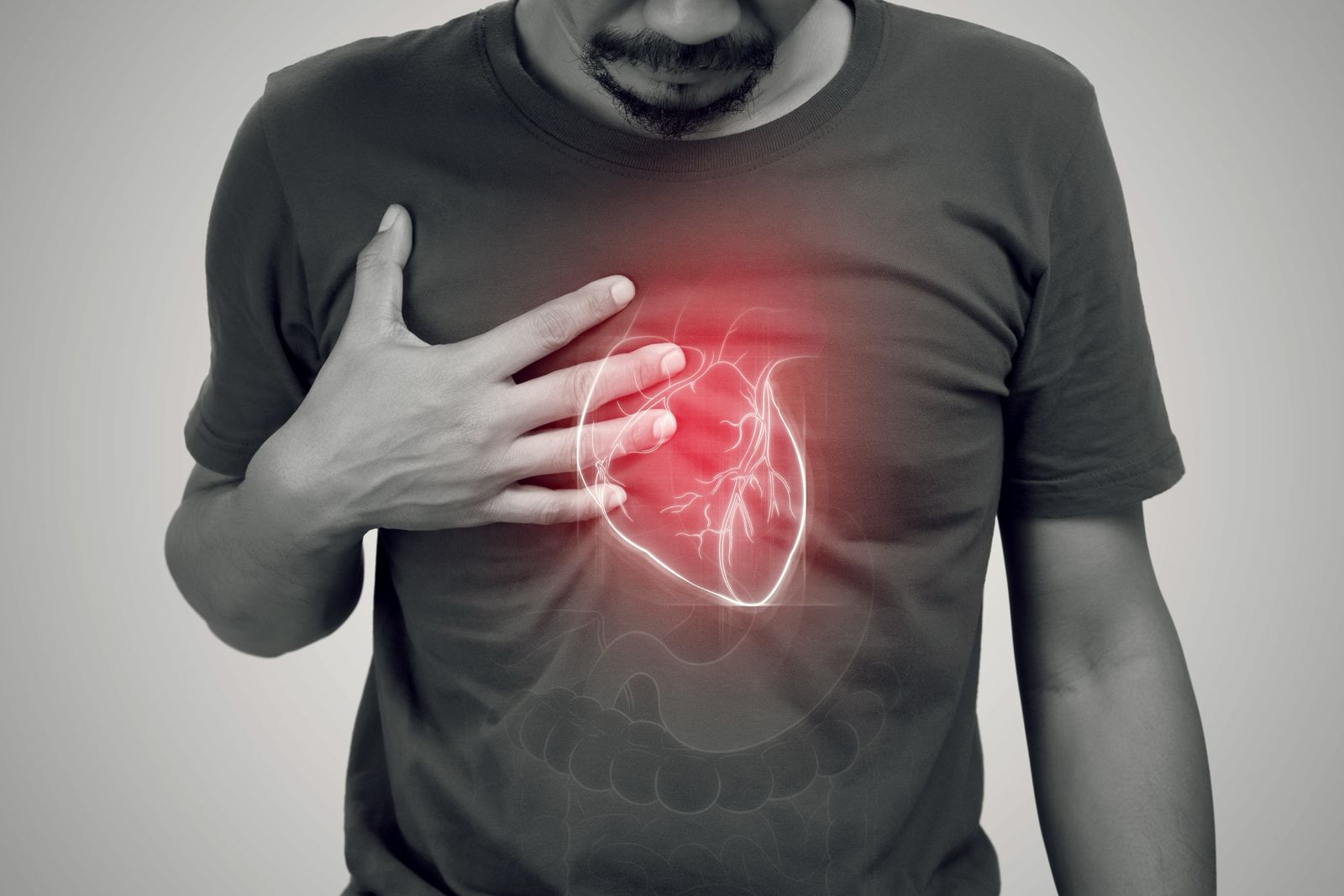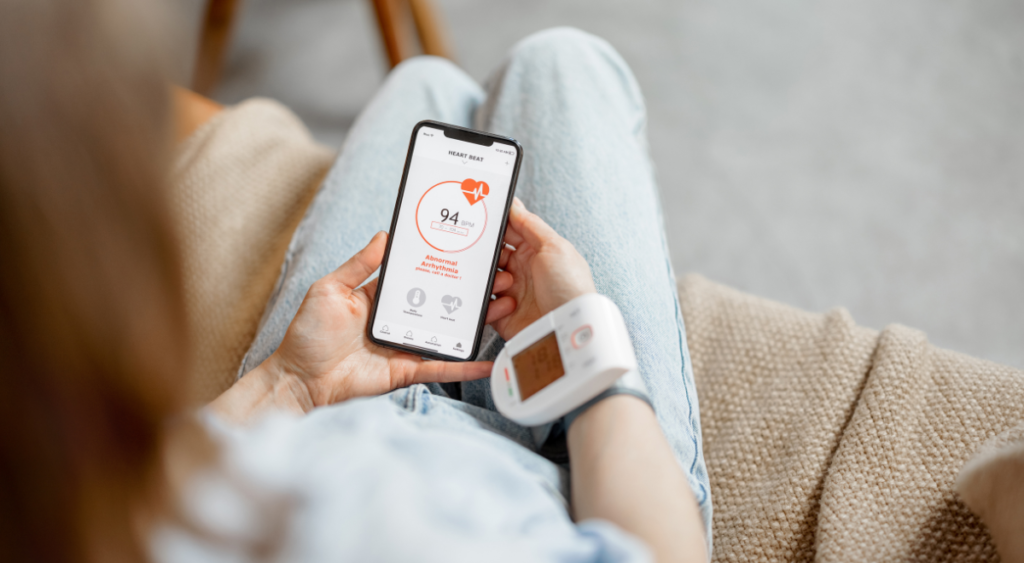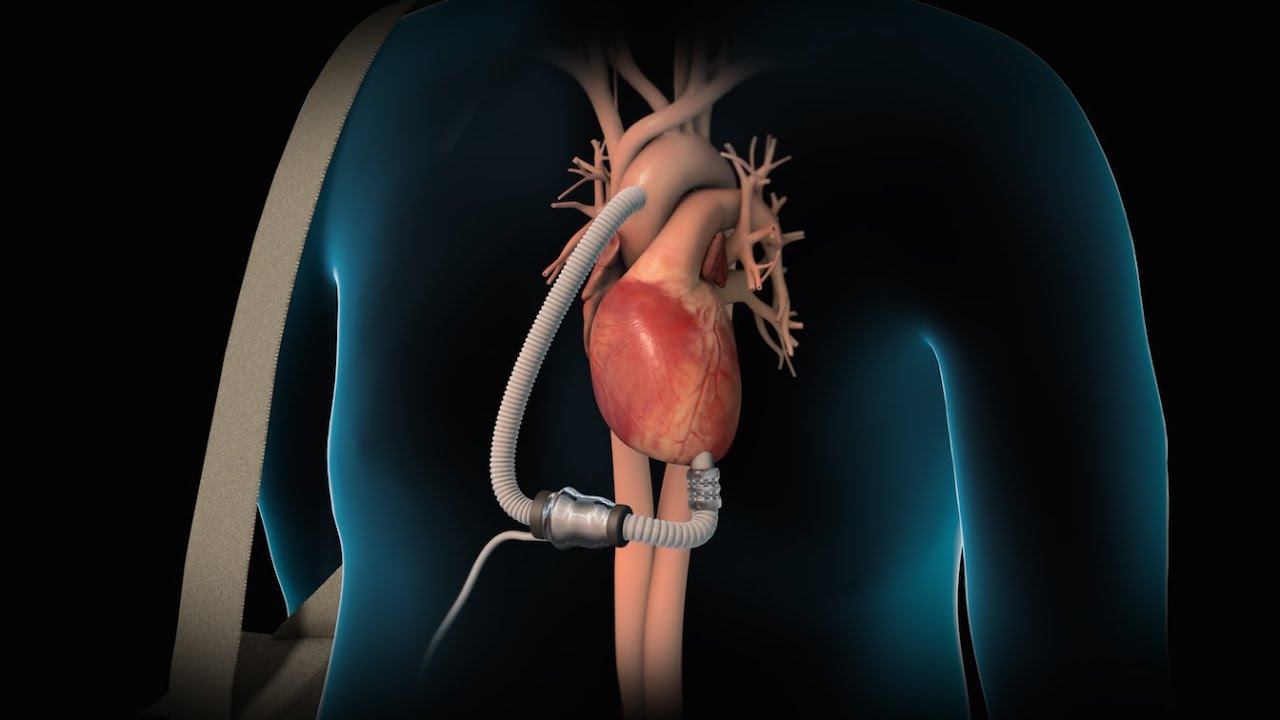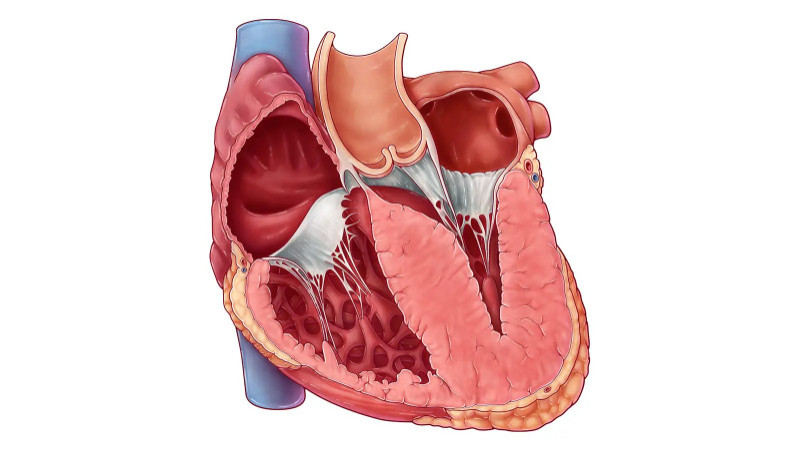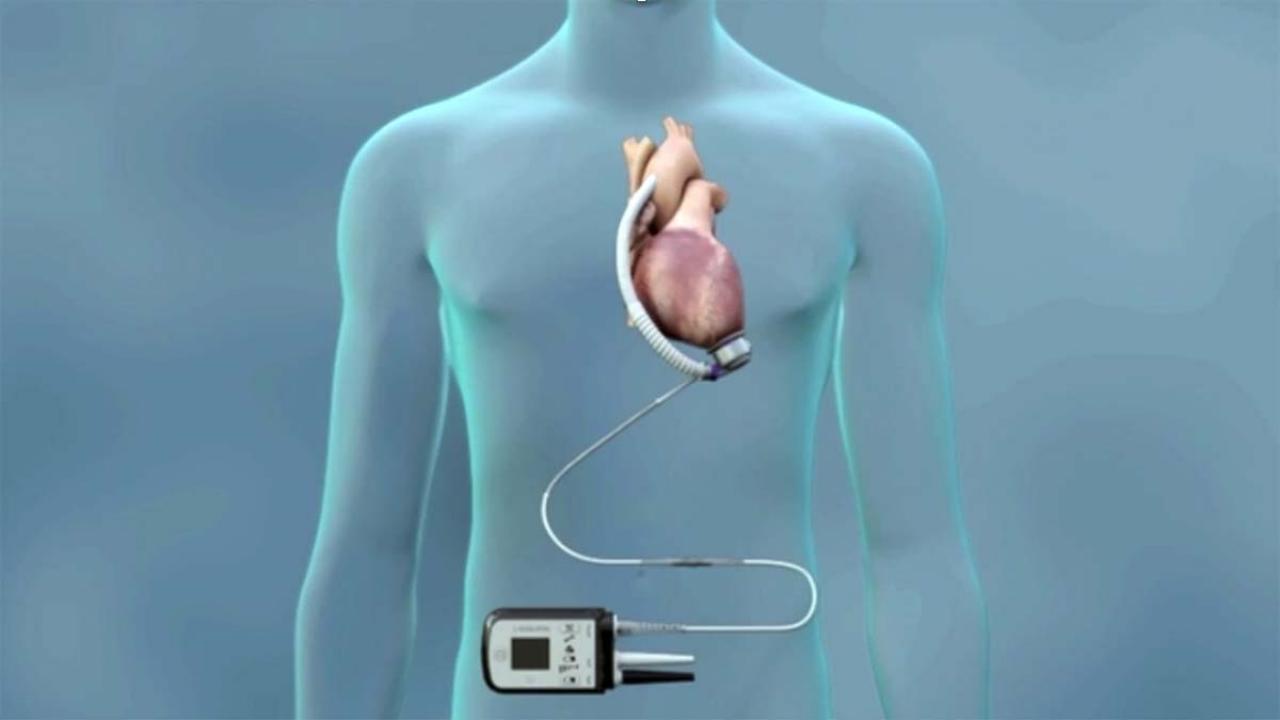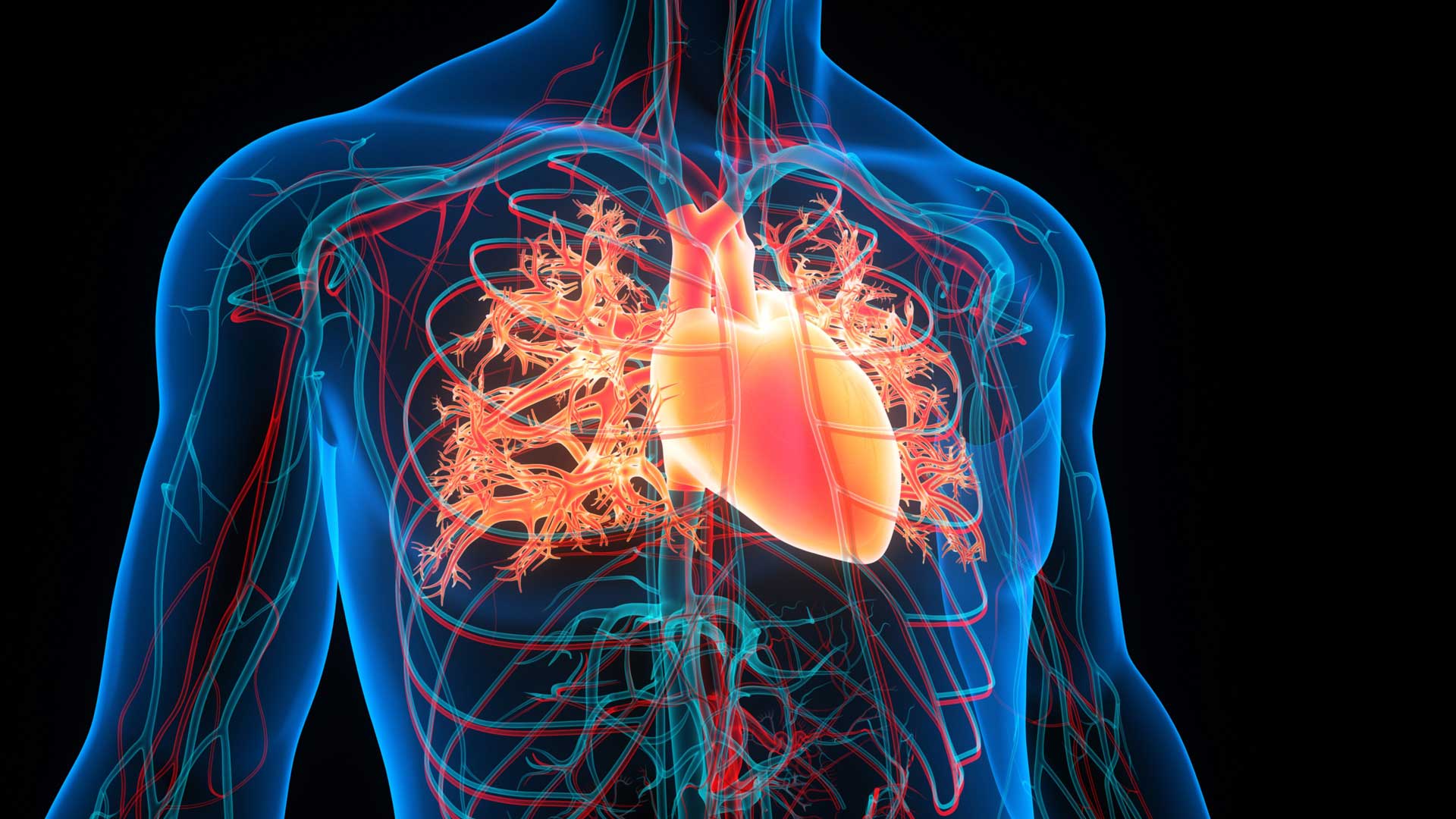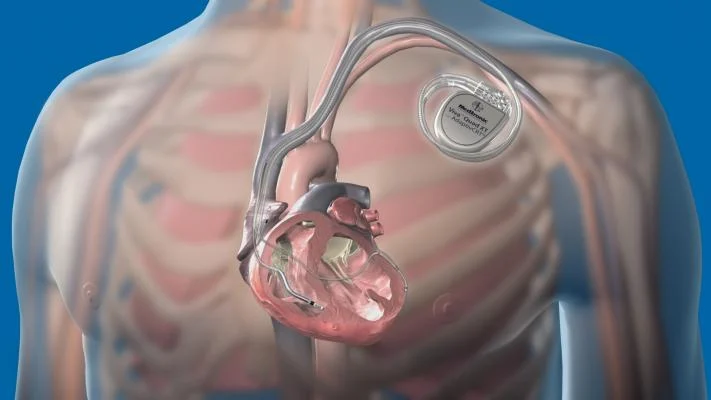VO₂ Max is one of the most reliable indicators of cardiovascular fitness and overall endurance. It reflects the body’s ability to take in oxygen, transport it to the muscles, and use it to generate energy during sustained physical effort. Often used by athletes and trainers, this measurement also offers valuable insight for anyone interested in tracking health and improving performance.
The Science Behind VO₂ Max
VO₂ Max is short for “maximum volume of oxygen,” and it is measured in milliliters of oxygen used per kilogram of body weight per minute (ml/kg/min). The higher the number, the more oxygen a person’s body can use during high-intensity activity. This measurement reflects how efficiently the heart, lungs, and muscles work together during exercise.
During a VO₂ Max test, a person typically runs on a treadmill or cycles on a stationary bike while wearing a mask that analyzes breathing. As the intensity of the workout increases, the body eventually reaches a point where oxygen consumption no longer rises, even with more effort. That plateau is the VO₂ Max.
Why VO₂ Max Matters
VO₂ Max offers more than just an athletic benchmark. It provides a deep understanding of aerobic capacity, which is directly linked to heart and lung function. A higher VO₂ Max suggests better endurance, improved stamina, and a lower risk of cardiovascular disease. For people managing chronic conditions or starting a new fitness journey, it can act as a baseline to set realistic goals.
Studies have shown that VO₂ Max is not just about physical performance—it also correlates with long-term health outcomes. In fact, individuals with higher VO₂ Max levels tend to live longer and experience fewer age-related diseases.
Factors That Influence VO₂ Max
Several elements impact an individual's VO₂ Max, including genetics, age, sex, fitness level, and altitude. While some of these are out of one’s control, many can be improved with consistent training. Endurance exercises like running, cycling, and swimming are especially effective at increasing this score. High-intensity interval training (HIIT) is another proven method to boost VO₂ Max.
It’s important to remember that improvements in VO₂ Max don’t happen overnight. With dedication to regular cardiovascular training and healthy lifestyle choices, gradual but lasting gains are achievable.
How to Improve VO₂ Max
Enhancing VO₂ Max requires a structured approach to aerobic conditioning. Progressive endurance training remains the foundation, especially workouts that push the heart rate to near its maximum. Interval training, which alternates between periods of intense effort and recovery, can significantly challenge the cardiovascular system and lead to meaningful improvements over time.
Strength training also plays a supportive role by enhancing muscle function and reducing fatigue. Combined with proper nutrition, adequate sleep, and hydration, the body becomes more efficient at using oxygen.
Who Should Measure VO₂ Max?
While VO₂ Max testing is popular among athletes, it can be valuable for anyone seeking to improve their fitness. People recovering from illness, managing weight, or training for a specific event can benefit from knowing their current oxygen usage capacity. Some smartwatches and fitness trackers now offer VO₂ Max estimates, making it more accessible for everyday users.
For medical professionals and physical therapists, this measurement can help tailor rehabilitation or fitness programs based on individual capabilities.
Conclusion
VO₂ Max is far more than a number on a fitness chart. It represents the body’s ability to perform, recover, and adapt to physical stress. Whether the goal is to run a marathon, reduce heart disease risk, or simply live a healthier life, understanding and improving VO₂ Max can be a valuable part of the journey toward better health and fitness.






